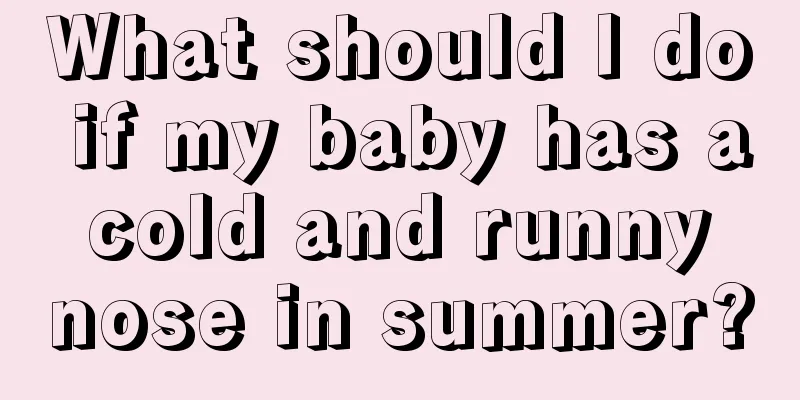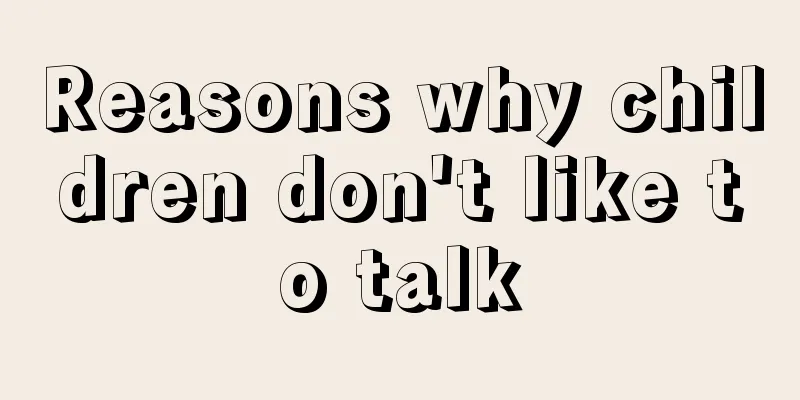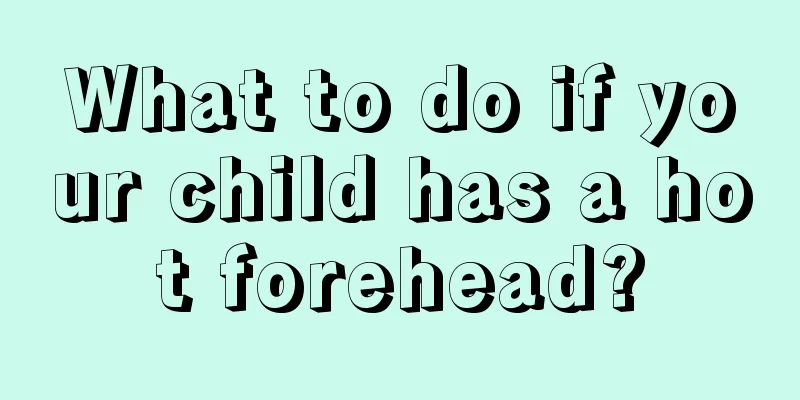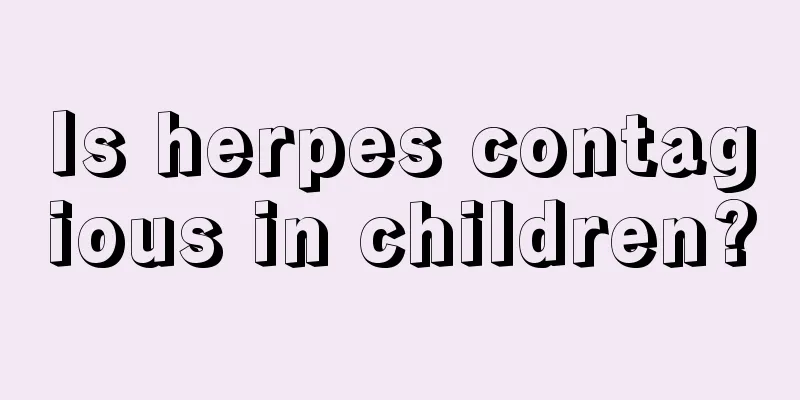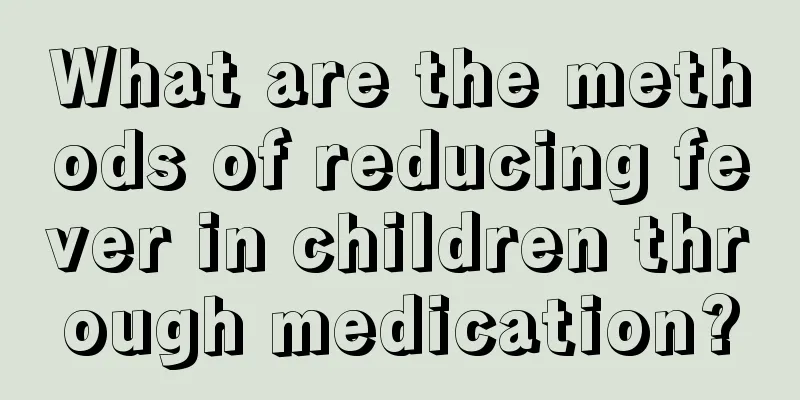How to treat allergic rhinitis in children?
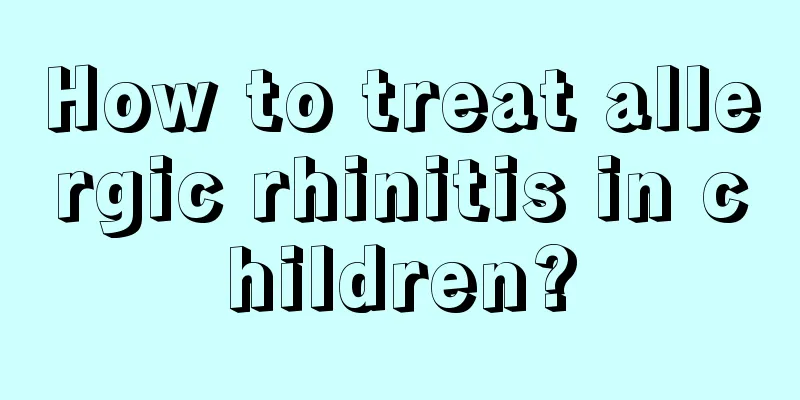
|
If children develop allergic rhinitis, they can be treated with physical therapy. The purpose of physical therapy is to avoid allergens and irritants, or to use steam inhalation and saline spray to make the nose more unobstructed, and some anti-inflammatory drugs should also be used correctly. 1. Physical therapy (1) Avoid allergens and irritants. (2) Steam inhalation and saline spray or inhalation: can temporarily relieve nasal congestion and increase airflow. (3) Exercise: It can reduce nasal airway resistance and relieve nasal congestion. 2. Antihistamines It is effective for sneezing, itchy nose and runny nose, but not for nasal congestion and nasal obstruction. Newer antihistamines such as desloratadine have a longer duration of action and are less likely to cause drowsiness. 3. Decongestants Nasal decongestant sprays and solutions include phenylephrine, hydroxymetazoline, and ephedrine. If infants and young children use it too much, they will become excited, cry and unable to sleep. Continuous use may lead to drug-induced rhinitis after discontinuation of the drug. 4. Anti-inflammatory Agents (1) Topical sodium cromoglycate and nedocromil are more effective for sneezing, clear nasal discharge, and itchy nose than for nasal congestion, but are less effective than nasal corticosteroids in more severe cases. (2) Nasal corticosteroids should be discontinued if there is infection in the nose. Domestically, there are sodium bromocriptine (containing chlormethasone dipropionate) and fluticasone nasal spray (containing fluticasone), etc. The effect of corticosteroids occurs after a few days to a few weeks. Injection of corticosteroids into the nasal turbinates is not recommended because of the risk of visual loss. Oral or intramuscular corticosteroids are used only for short periods of time when nasal medications are ineffective. 5. Anticholine drugs Long-term topical use of Atrovent is safer. 6. Immunotherapy It can be considered for a small number of cases caused by inhaled allergens such as pollen, for which other treatment methods are ineffective and for patients over 5 years old. Immunotherapy can significantly improve symptoms in 80% to 90% of children and prevent the development of asthma. 7. Leukotriene receptor antagonists Such as zafirlukast and montelukast, they are often used in combination with anti-H1 receptor antagonists, but their effectiveness needs further evaluation. |
<<: How to effectively treat children's rhinitis?
>>: What should I do if my child has rhinitis?
Recommend
What are the symptoms of mycoplasma infection in children
Mycoplasma is extremely harmful to human health, ...
What to do if your child can't poop?
Not only adults will suffer from constipation, ma...
Treatment of fever and cough in three-year-old baby
When a three-year-old baby at home has a fever an...
Baby holding back stool
When babies are young, they need help from their ...
Daily precautions to prevent tooth decay in children
Teeth are our organs for chewing food and play an...
Causes of loose teeth in children
What are the causes of loose teeth in children? M...
What are the developmental indicators for a four-month-old baby?
Four months is the most critical period for a bab...
How long does it take for urticaria in children to heal?
Because urticaria, a skin disease, is related to ...
What should I do if my one-month-old baby can't sleep well?
Babies are the apple of their parents’ eyes. If a...
Why does my child cough occasionally?
Parents pay close attention to their baby's e...
The severity of hemangioma on the baby's head and the treatment of hemangioma
Every child is an angel to his or her parents and...
Reasons why babies cry when they sleep
In fact, parents need to pay special attention to...
Causes of sinusitis in 2-year-old babies
Mothers know their baby's physical condition ...
What is the treatment for bad breath in children?
Children also face the problem of bad breath, so ...
The best medicine for reducing phlegm in infants and young children
The baby's health is the biggest concern for ...
